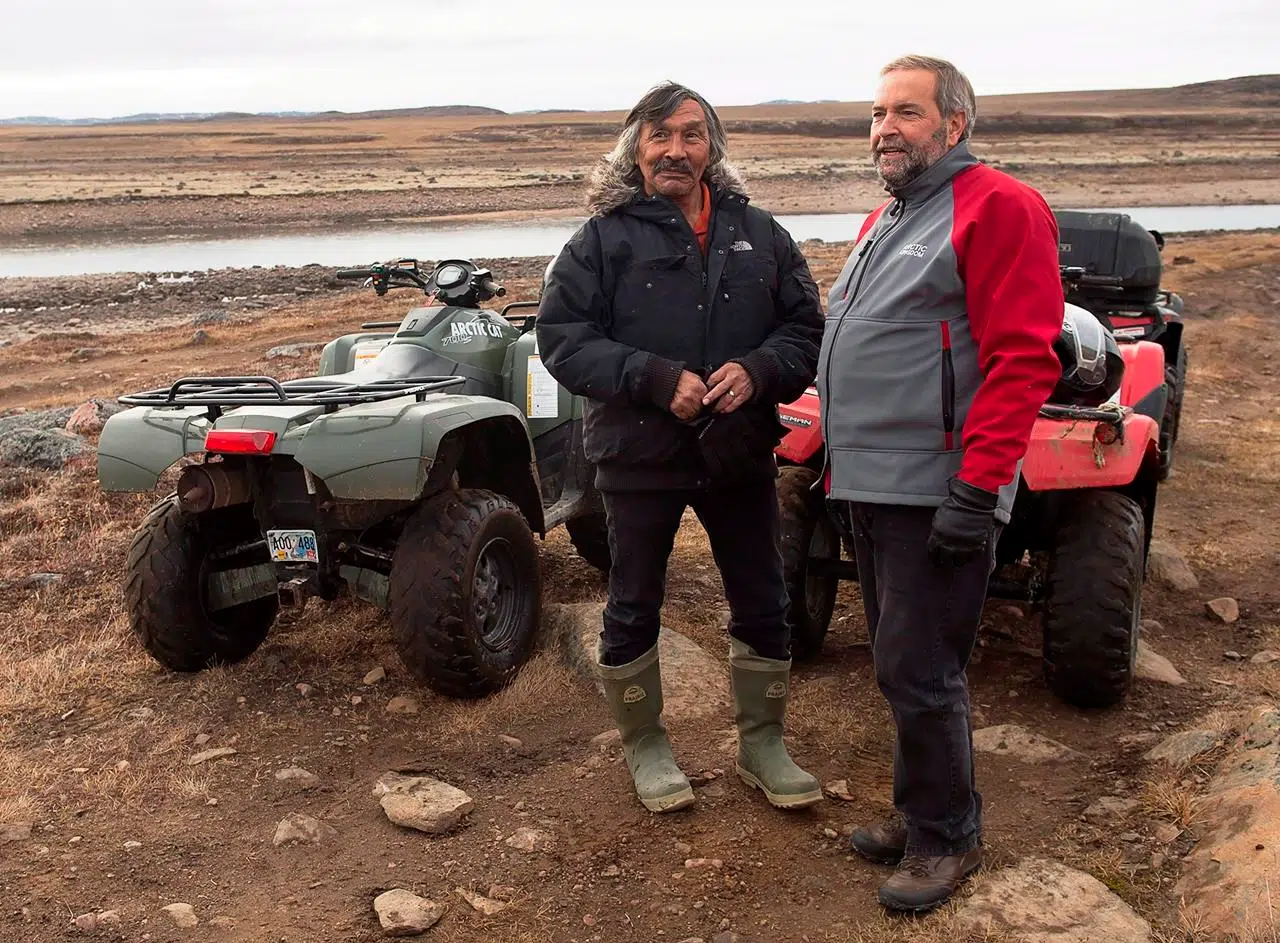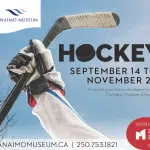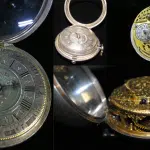
‘Where is she buried?’ Government prepares database on Inuit tuberculosis graves
Jack Anawak was eight years old in 1956, the year the doctors came to his family’s home in their tiny Arctic community and took his mother south to treat her tuberculosis.
Two years later, she died in hospital and was buried, somewhere.
The family was never told where and for nearly 60 years the mystery has sat in Anawak’s heart like a dark hole in the sea ice that never freezes smoothly over.
“It left a question mark,” said Anawak, who became a prominent Inuit leader and Liberal MP.



